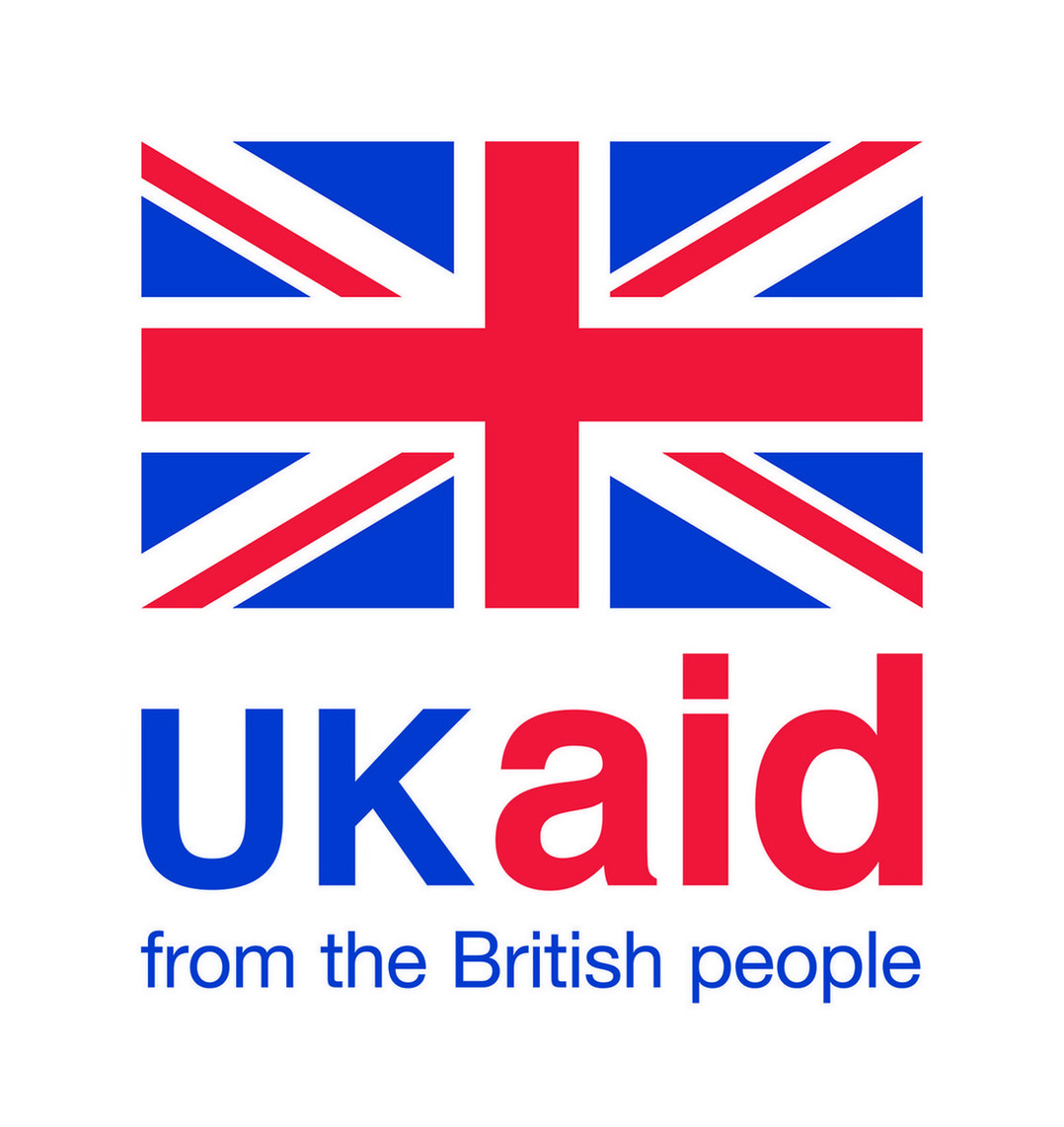GSMA has been working in the digital health space since 2010, implementing programmes, providing support to practitioners, documenting best practices, exploring potential of big data for coordinated response during outbreaks, documenting digital principles, guidelines and standards. This year we have done a first global landscaping of trends and opportunities in digital health in developing markets. This review highlights striking differences in health spend and accessibility of new technologies between mature and developing economies and urges us to plan digital transformation in healthcare. It’s time to go beyond pilots and evolve from paper based systems to connected real-time and demand-based healthcare delivery at national scale.
Limitations of traditional approach in digital health
Digital tools are increasingly seen as a way to increase the efficiency of traditional healthcare services and programmes. The number of digital health initiatives continues to grow in the developing world, led by governments, health tech companies and MNOs. However, due to the diversity of donor funding for healthcare, a range of partially digital solutions for prioritised use-cases have emerged (e.g. software for data collection on pregnant women via community workers’ tablets). Key limitations of current approach to digital health are best described as limited interoperability, scalability and sustainability of the technical and operational models.
a) Low scalability and high fragmentation
Digital health is still in its infancy in developing countries. Many pilots are not followed by full-scale implementation due to a lack of sustainable financing, high risks for individual stakeholders and long time-to-market for commercial solutions and services. Collaboration among digital health stakeholders is key as individual companies do not own the whole set of capabilities (e.g. health, ICT, go-to-market expertise) or resources (e.g. funding, ICT infrastructure, distribution) required.
Large health tech companies such as Philips, GE and Siemens are engaged in developing countries, as are several non-profit organisations and NGOs supporting the digitisation of health (MedicMobile, Path, HIPS, D-tree, Jembi, CDC, PSI, Living Goods). Leading pharmaceutical companies and governments are also increasingly pursuing the digital transformation of healthcare, supported by a number of multinational technology companies such as IBM and Microsoft. MNOs are looking to adopt the role of holistic ICT and digital service partners for governments, health providers and health tech companies.
b) Sustainability
Governments have to play a key funding role in digital healthcare as venture-capital activity is limited, private sector healthcare provision is at a low scale and the vast majority of people have low disposable incomes to self- finance their healthcare expenditure. While there are early examples of governments becoming paying clients for technology solutions, most of digital health solutions rolled out to date do not have a viable business model especially when it comes to serving Bottom of the Pyramid (BOP) segment.
c) Interoperability
Up to this day, the majority of digital health services in developing markets are designed in isolation from the wider ecosystem. Real world experience shows that open interoperable standards are not regularly used in existing services, and where they are used, they tend to be intermittently and not from the point of data capture. Also, many current services use proprietary standards, while there are viable non-proprietary standards available which could be applied. This limits usefulness and long-term scalability of current efforts and investments in digital health.
Arising opportunity and new trends
a) New models for improved health delivery, government strategies and focus on digitisation
According to a 2015 WHO survey, 63 per cent of responding countries had developed e-health strategies. Some countries, such as Rwanda and Malaysia, are developing national strategies that align digital health initiatives with ICT infrastructure and broadband plans. Recent digital health plans financed by governments across a number of developed and developing countries average at 0.5 per cent of the total public annual spend on health. Governments currently spend approximately $1 trillion on health in low- and middle income countries. If local governments allocate 0.5 per cent of that to digital health initiatives over the next five years, a cumulative $25 billion will be available for digital health companies, including MNOs.
b) Evolving role of MNOs
As a part of a larger digital transformation and new enterprise strategies for main sectors of the economy (as opposed to solutions for individual consumers), MNOs are now looking to play the role of ICT and digital service partners for governments, health providers and health tech companies to take advantage of the digital health opportunity. MNOs are engaged across all key digital health use cases in low- and middle-income countries and often provide integrated solutions.
When embarking on the digital health journey, MNOs require partnerships with health tech players, governments and development partners. At the same time, MNOs can bring a range of valuable assets to such partnership: connectivity (GSM, data and IOT networks), digital ID systems, tech platforms such as IoT and mobile money, existing partnerships with technology providers and relationships with local governments.
Gaps and challenges identified by digital health stakeholders
Following the online release of the landscape, GSMA have organised a roundtable event with leading commercial players in the digital health space, on the backbone of our Mobile 360 – Africa 2017 series. The convening has identified an opportunity for commercial tech players and MNOs to work with governments on existing national policy, priorities and procurement initiatives, including e-governance strategy and investments recommendations. GSMA has observed that in addition to MNOs, other large private sector tech players like Philips and Huawei are moving into the space offering solutions for digital health to governments in Africa and other regions.
There is, however, a number of challenges identified that prevent such models to emerge, thrive and scale across markets.
1. Central player. There is a need for a lead central player in each market that can assemble different technologies and multiple moving parts as governments need a packaged solution.
2. Design for scale. Digital health projects need to be designed for scale and ongoing contractual relationship with governments. Key pre-requisite of such contract to be sustainable in the long-run is that it covers operational costs. Hence clearly defined criteria of success need to be defined together with the government in the initial phase and those are to be measured against during the roll-out phase to ensure such ongoing contract. First deployment phases require R&D capital, product iterations and M&E.
3. Best practices. There is a need for advocacy and ongoing education of governments and donors on scalable case-studies, best practices in digital health, technology solutions and the role of tech players. There is a potential for a trusted advisor role who can document and promote standards and best practices.
This project was funded with UK aid from the British people.


